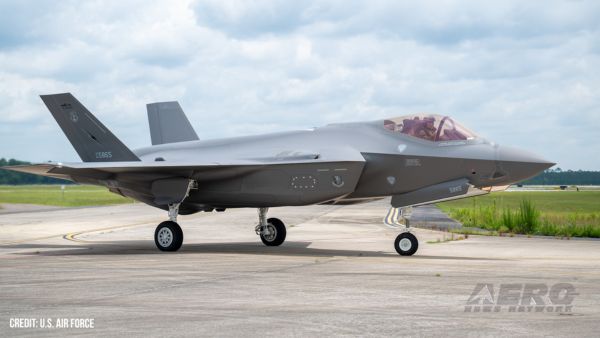Applies To Aircraft With Turbocharged Reciprocating Engines
The FAA has issued a Special Airworthiness Information Bulletin (SAIB) that applies to airplanes with turbocharged, reciprocating engines. The SAIB outlines the potential for in-flight fire as a result of failure of the exhaust system V-band coupling securing the tailpipe to the turbocharger, the wastegate overboard, or any other exhaust system V-band coupling.

The FAA has issued airworthiness directives (AD) in the past concerning V-band couplings for specific airplane models. These ADs remain in effect where applicable. For those airplanes not affected by a V-band coupling AD, the FAA says this airworthiness concern is not considered an unsafe condition at this time that would warrant AD action.
This SAIB is the result of a review of the accident/incident data associated with V-band couplings. In our review, we find data that indicates a need for continued diligence in the inspection and replacement of exhaust system V-band couplings, as well as adherence to the recommended inspection intervals and procedures contained in the applicable maintenance documentation (e.g.; maintenance/service manual, illustrated parts catalog, service bulletins/letters, etc.). V-band couplings can be included as part of the engine type design, the airplane type design, or a combination of both, depending on the particular manufacturers. It may be necessary to consult both the engine and airplane design approval holders maintenance documentation to ensure you are working with the correct part numbers and, working to the correct procedures, etc. on your airplane. On any given airplane, all of the V-band couplings may be part of the engine design approval or the airplane design approval or a mix of those throughout
the exhaust system.
Additionally, supplemental type certificates (STC) or field approvals may have dictated a change in the exhaust system type design and thus the Instructions for Continued Airworthiness for those design approvals should be reviewed. At any time, if you are unsure that your maintenance instructions are accurate and complete, please contact the design approval holder(s) directly for assistance.
The FAA recommends that For V-band coupling replacement, use only new FAA-approved original equipment manufacturer (OEM) or part manufacture approval (PMA) replacement parts for all V-band coupling applications. Ensure that the parts you wish to use contain the same part number specified by the design approval holder (type certificate (TC)/STC/PMA). Many of the features of a V-band coupling are defined in the part numbering and a slight change in the part number can designate a V-band coupling different enough to adversely impact the fit,installation and/or performance of the V-band coupling. Do not use any commercially available V-band couplings that do not have or are not supplied with the proper FAA approval for the intended airplane model installations, even though they may look or seem to be able to perform the same functions.
The agency also recommends adherence to the applicable design approval holder’s maintenance documentation for all inspection intervals, and replacement procedures for exhaust system V-band couplings. We recommend you adhere to a 50- hour interval for repetitive visual inspections of exhaust system V-band coupling condition, unless the manufacturer recommends or FAA regulations (e.g.; AD) require a different inspection interval; and that as part of all normal first flight of the day pre-flight inspections of the airplane, include an item specific to the engine exhaust system of the airplane, to check the exhaust/tail pipe for security in its mounting. A loose or easily displaced exhaust or tail pipe should be brought to the attention of maintenance personnel prior to further operations.
There are four other recommendations included in the SAIB.
 ANN's Daily Aero-Linx (08.27.25)
ANN's Daily Aero-Linx (08.27.25) ANN's Daily Aero-Term (08.27.25): Class C Service
ANN's Daily Aero-Term (08.27.25): Class C Service ANN FAQ: Submit a News Story!
ANN FAQ: Submit a News Story! Airborne-NextGen 08.26.25: Iran UAV Knockoffs, X-37B Spaceplane, Army Training
Airborne-NextGen 08.26.25: Iran UAV Knockoffs, X-37B Spaceplane, Army Training Classic Klyde Morris (08.25.25)
Classic Klyde Morris (08.25.25)



